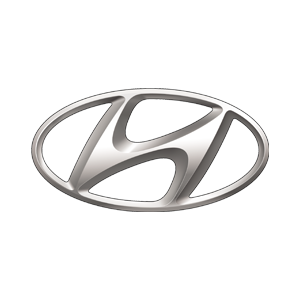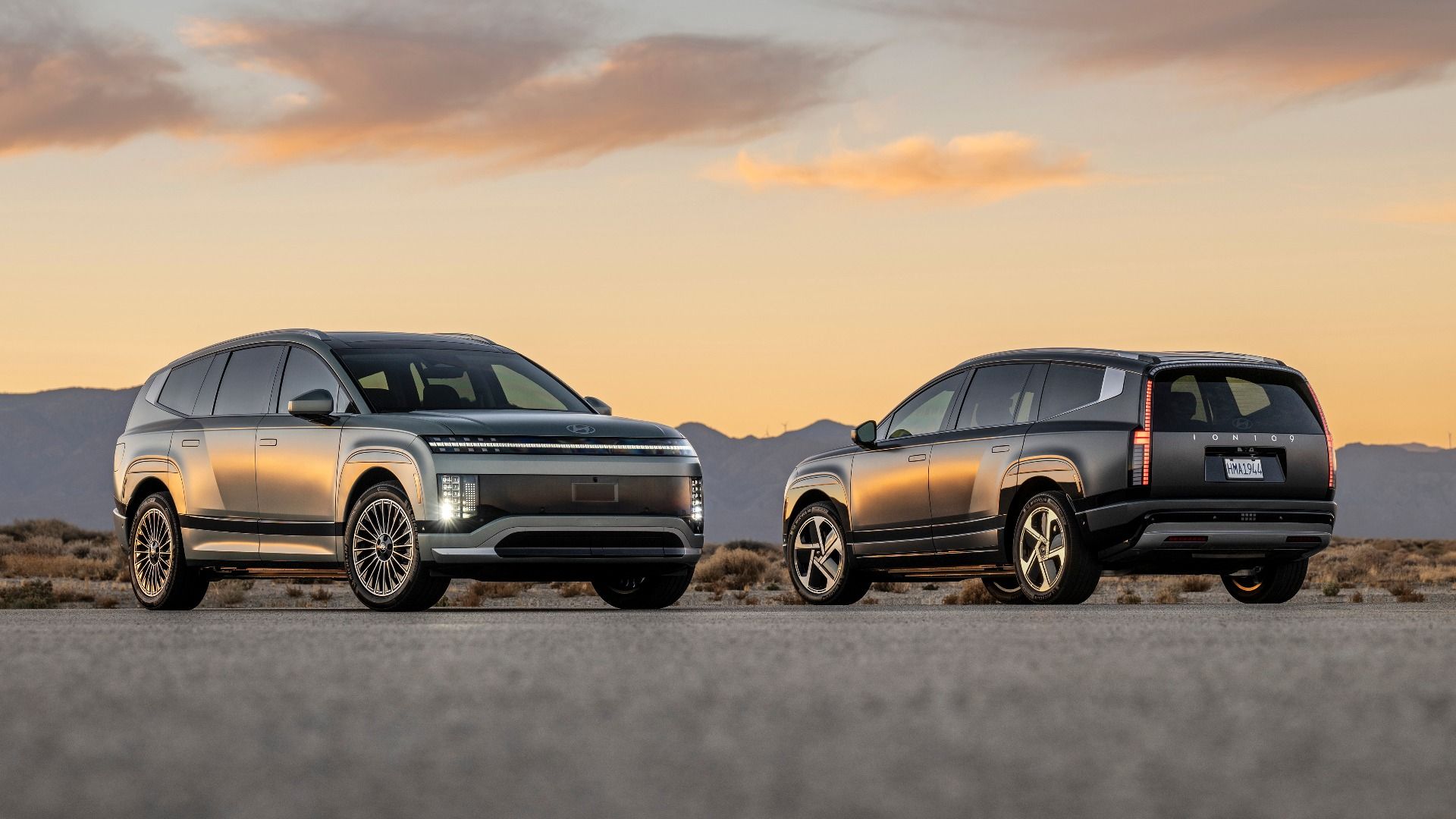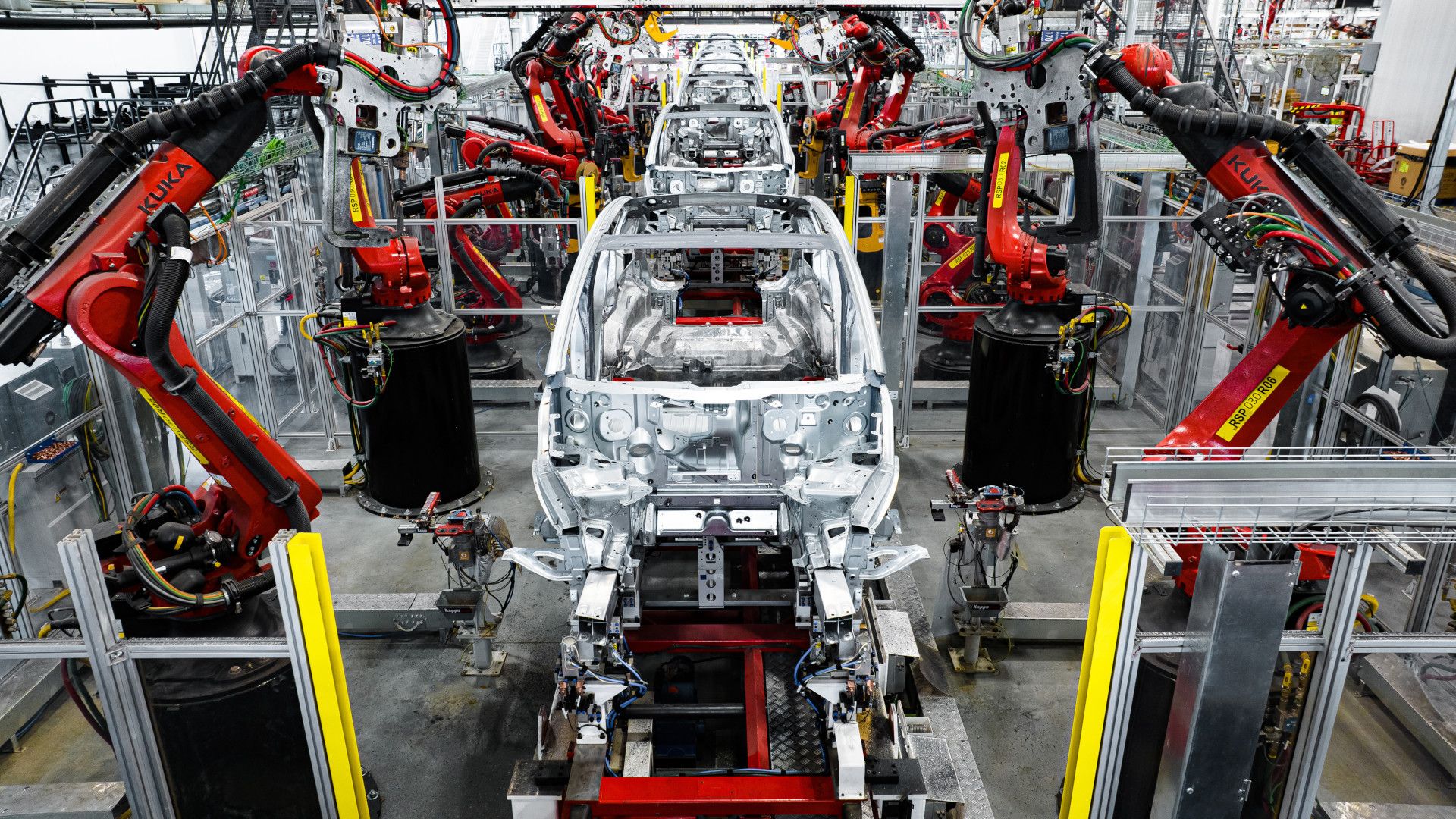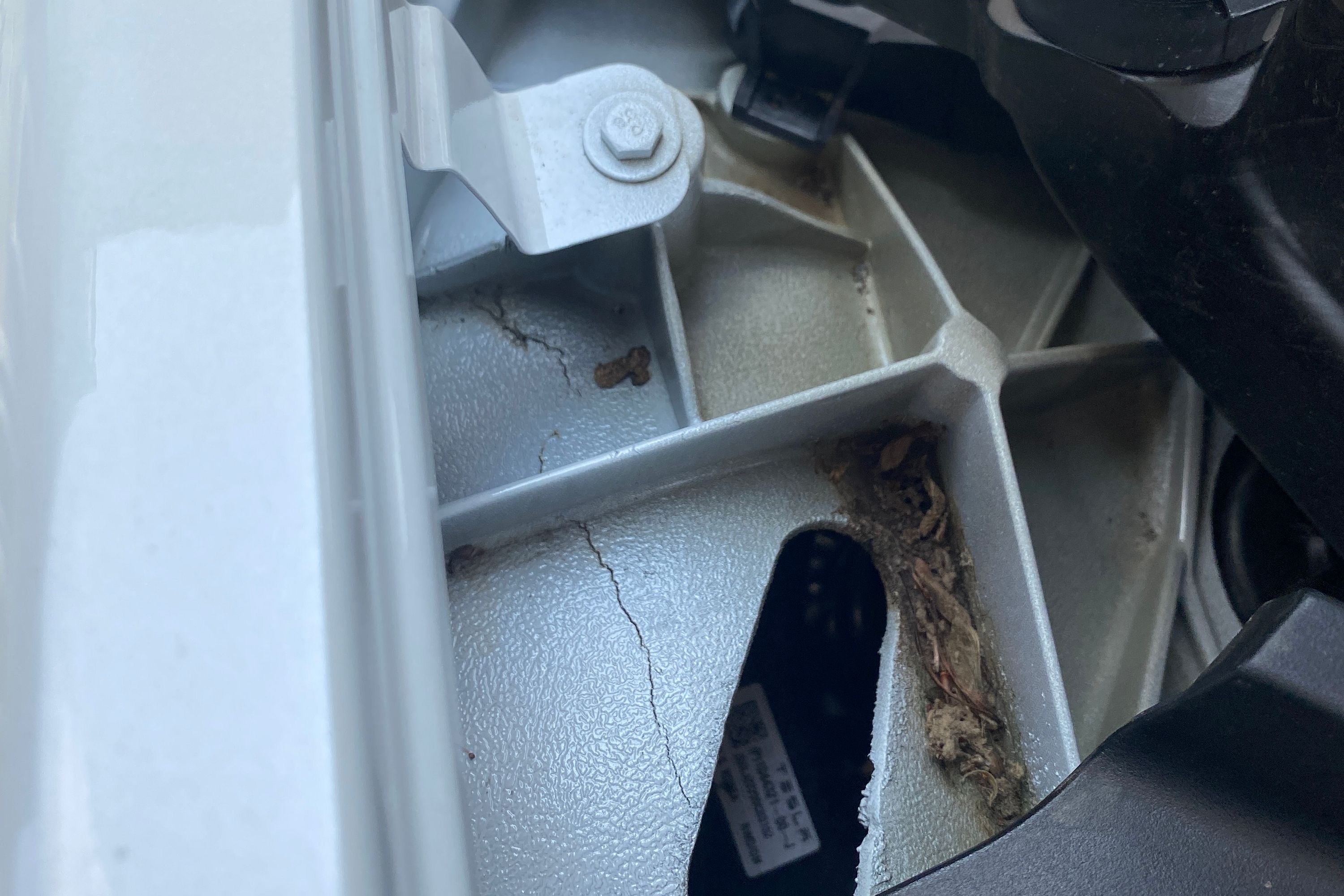Hyundai is reportedly postponing the full-scale launch of its advanced $730 million “hypercasting” production facility at its Ulsan plant in South Korea. According to reports from Seoul Economy, the delay from 2026 to potentially 2028 comes from a combination of weakening global demand for electric vehicles like the Ioniq 5 and others, and the United States’ 25 percent tariff on foreign-made automobiles.

- Founded
-
29 December 1967
- Founder
-
Chung Ju-yung
- Headquarters
-
Seoul, South Korea
- Owned By
-
Hyundai Motor Group
- Current CEO
-
Jose Munoz
Casting Large Structural Elements Saves In Several Areas, But Requires Precision
Hypercasting, similar to Tesla’s “gigacasting” technique, is a next-generation manufacturing process. It involves injecting molten aluminum into very large molds under high pressure to create entire vehicle body sections, or even most of a vehicle’s underbody, in a single step. This method promises substantial improvements in manufacturing efficiency. It drastically reduces the number of individual components required, which in turn minimizes welding and assembly complexities and can lead to fewer quality issues. Tesla, a pioneer in this area, is believed to have achieved production cost reductions of around 40 percent using its gigacasting process. Hyundai’s investment in hypercasting was aimed at achieving similar benefits, particularly for its future electric vehicles.

Related
Hyundai Ioniq 9 Arrives With Impressive Range And A Price Kia Will Love
300 miles of range and tons of power. The Kia EV9 is cheaper, but it can’t go as far.
While viewed as an enormous cost savings for manufacturers and possibly buyers, this casting process can be a detriment for customers, dealerships, and mechanics in the long run. In most modern vehicles, if there is damage from a crash or another issue, the section can be removed and replaced along the weld lines. However, if a “gigacast” vehicle needs body work, it can become very expensive or written off as a loss by insurance companies.
The Crushing Cost of Tariffs
The reevaluation of the hypercasting timeline appears heavily influenced by two significant factors. Firstly, the global electric vehicle market is currently experiencing what many analysts describe as a temporary “demand chasm.” While sales are still expanding, the growth is not as rapid as it previously was. An industry insider quoted by Seoul Economy said Hyundai’s move is a measure to “control the pace” of its EV-focused investments as it increases hybrid vehicle production to meet consumer preferences.

Related
Tesla Freezes Development Of New Gigacasting Innovation To Save Money
A new report claims that Tesla has “backed away” from plans to further innovate the production of cars built using the gigacasting technique.
Secondly, and perhaps most critically for Hyundai Motor Group (which includes Kia), is the impact of the new 25 percent tariffs on vehicles imported to the U.S. In 2024 alone, Hyundai and Kia exported over one million vehicles to the United States from their South Korean factories. Industry analysts estimate this tariff could add approximately $5,900 to the cost of each exported vehicle. This could add up to a potential hit of around $5.9 billion, which would account for nearly 30 percent of Hyundai and Kia’s combined operating profits from the previous year.
CarBuzz, its writers, editors, and owners have no affiliation with any political entity or party. The CarBuzz team comprises members with a variety of differing political and social views. This article does not support either side of the current political landscape and serves only to collate the various developments therein to discuss their potential ramifications on the auto industry.
Shifting Gears: Focus on U.S. Production
Despite this substantial financial burden, Hyundai and Kia cannot afford to retreat from the U.S., which remains their largest single sales market. To reduce the impact of tariffs, the Hyundai Motor Group is now accelerating its shift towards vehicle production in North America. The group has announced it plans to invest over $9.3 billion in U.S. operations over the next four years. It also says its annual production at the new Metaplant in Georgia will increase from 300,000 to 500,000, giving it a total yearly U.S. production capacity of at least 1.2 million vehicles.

Related
New Tesla Model Y Has Alarming Cracks On Front Casting
After inspecting whether his Model Y had a missing brake fluid cap, the owner found a more concerning issue.
While the “hypercasting” facility appears to be a long-term goal of Hyundai, the more pressing concern of tariffs is demanding the automaker’s immediate attention and resources. By its new target date of 2028, the outlook for EV vehicles will likely have changed, as technology, infrastructure, and consumer sentiment could better align with plans for significant investments in new manufacturing techniques.
Source: Seoul Economy via The Korean Car Blog


